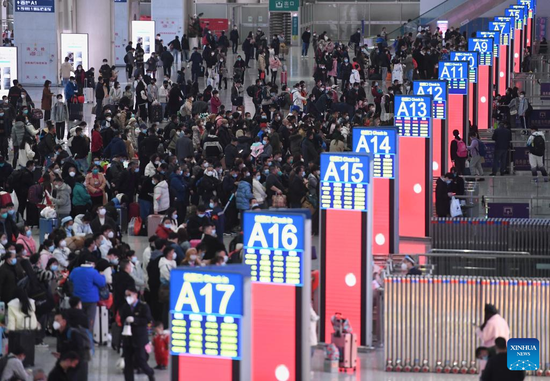
Passengers are seen in Shenzhen North railway station in Shenzhen, south China's Guangdong Province, Jan. 7, 2023. The Spring Festival travel rush this year, will continue for 40 days from Jan. 7 to Feb. 15. (Xinhua/Mao Siqian)
China's Spring Festival travel rush, the largest annual human migration worldwide, kicked off Saturday after the world's most populous country adjusted its COVID-19 response.
Hundreds of millions of people are swarming train stations, airports, and coach terminals across the country for family reunions on the Lunar New Year's eve, which falls on Jan. 21.
In the past two years, most Chinese people stayed put amid virus curbs during the festival, but a stark change has begun to emerge.
According to an official press conference, the number of passenger trips during this year's Spring Festival travel rush is expected to surge 99.5 percent from the same period last year to reach nearly 2.1 billion.
The Yangtze River Delta, one of China's largest migrant-receiving regions, is poised to handle some 60 million railway passenger trips throughout the 40-day travel rush, rebounding to a three-year high and 80 percent of the 2019 level. In the southern economic powerhouse Guangdong, 25.4 million railway trips are estimated for the period.
Regional railway operators have decided to put extra trains into service to meet the robust demand, following a major shift in the country's rules of COVID-19 response.
On Dec. 7, 2022, China adjusted its virus prevention and control policies with 10 new measures, shifting the policy focus from infection prevention to severe cases prevention.
In its latest move, the country announced it will downgrade the management of COVID-19 from Class A to Class B starting from Jan. 8 this year.
This shift is expected to make it much easier for people to travel and enter public venues, as passengers no longer need to present their health codes and negative nucleic acid test results or undergo temperature checks when entering railway stations and airports.
The journeys home will be simplified, too, for those returning from abroad -- according to the adjusted rules, the country is to scrap restrictions on international passenger flights, increase the number of flights in stages and optimize the distribution of routes.
With more homeward-bound travelers on the move, relevant authorities are stepping up efforts to ensure safe and sound trips for them.
A recent guideline released by 13 state organs, including the Ministry of Transport and China Meteorological Administration, stressed that measures must be in place to cope with extreme weather events during the travel rush, a period characterized by low temperatures and snowfalls.
While calling for prompt forecast and warning, it urged public transport operators to ramp up precautions against icy roads, frosts, and strong winds, and adjust their schedules to meteorological changes in a timely manner.
The State Council, or China's cabinet, said in a work plan for the travel rush, that local governments nationwide should launch an overhaul of all types of transport infrastructure, including urban transits, vessels, high-speed trains, and aircraft, to ward off safety risks.
With regards to COVID-19 containment during this mass seasonal migration, the State Council has taken steps to minimize the impact of the virus on every link of the Spring Festival transport, with priority given to the medical supplies for transport workers.
The country will expedite booster vaccination in the industry, and equip public transport hubs and long-distance trains with more emergency medicines, according to the State Council.
Public transport operators are also required to increase backups for key personnel such as drivers and dispatchers, step up the cross-regional transfer of manpower, and rotate work schedules to brace for staff shortages caused by virus infection.









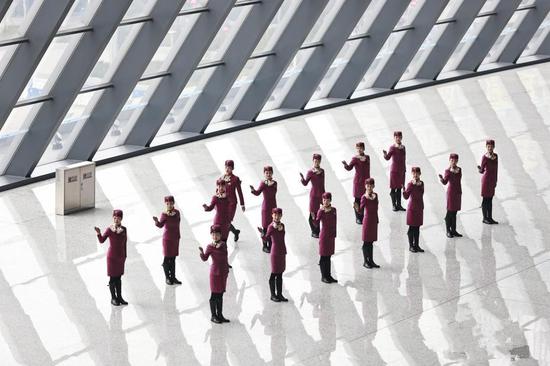
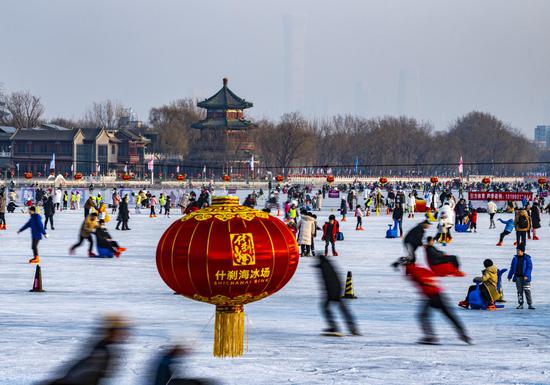

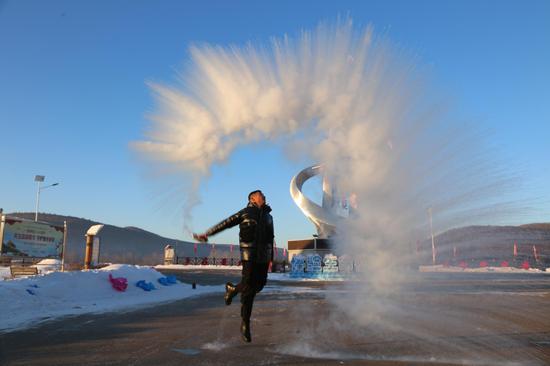
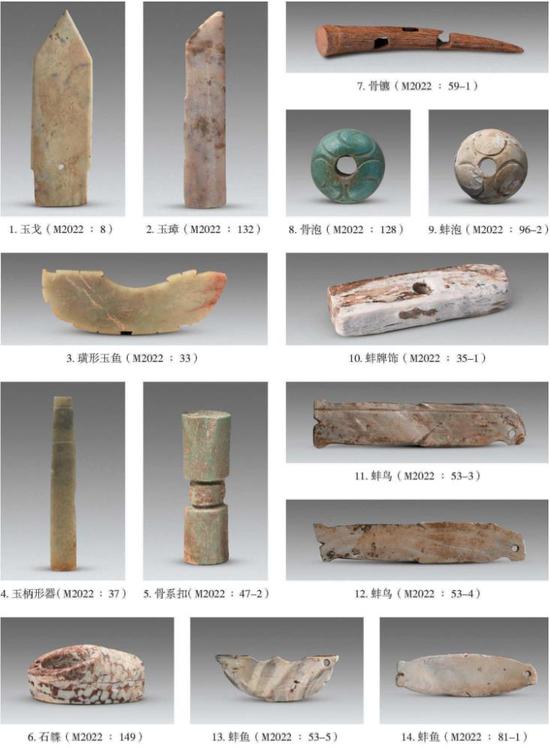

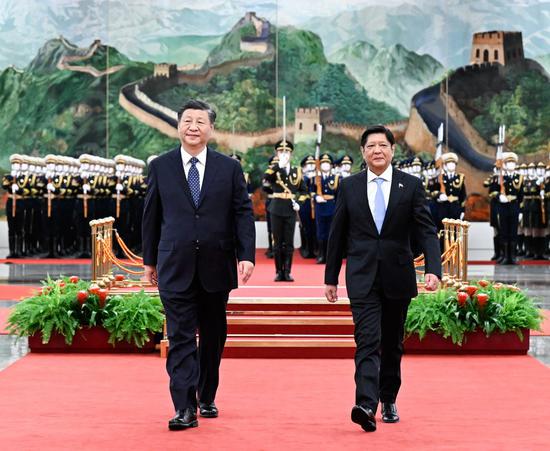
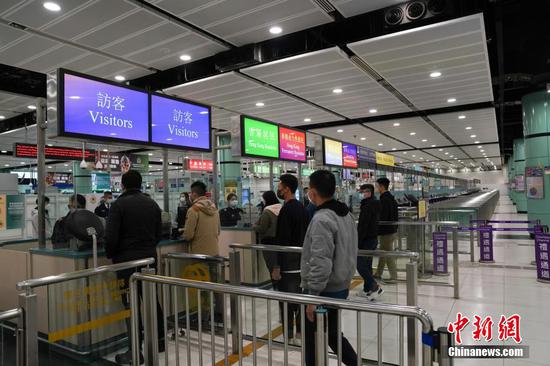

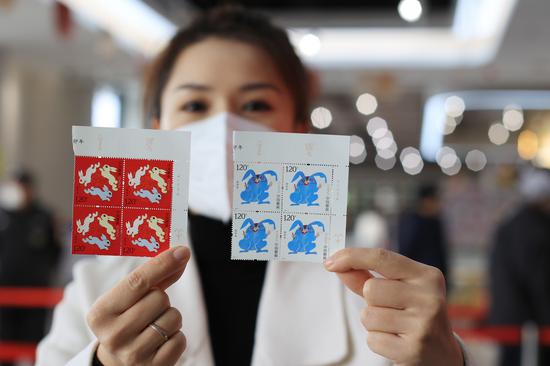
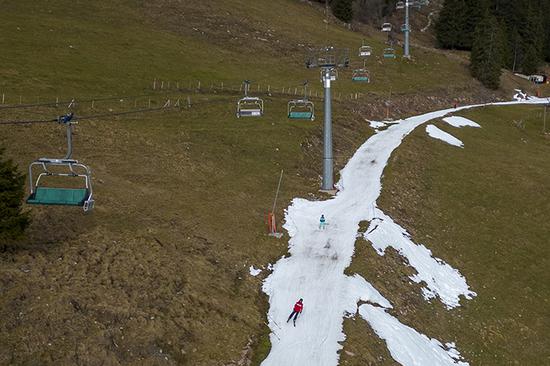


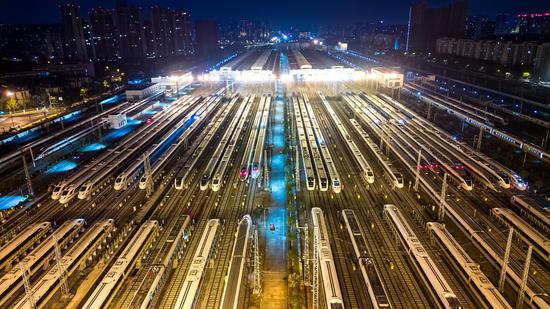

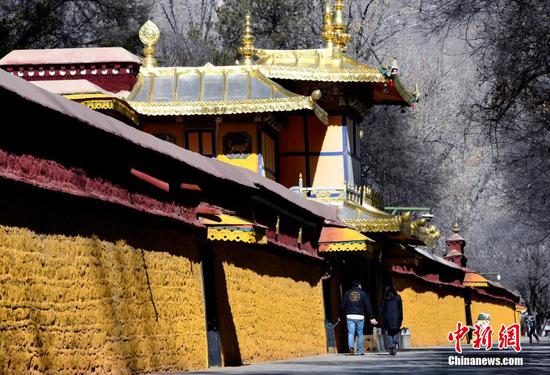

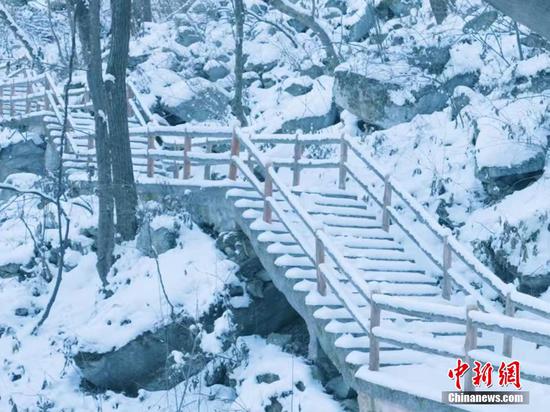
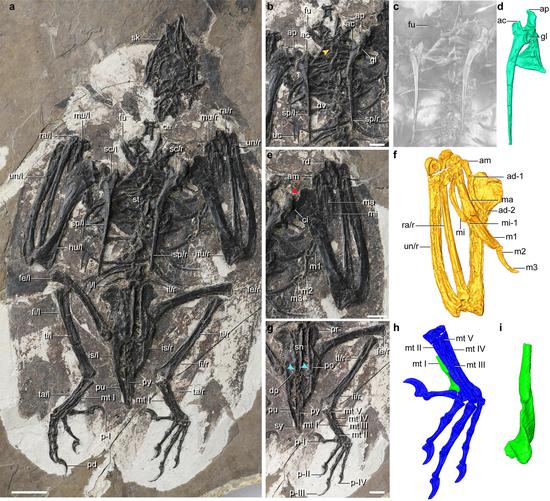





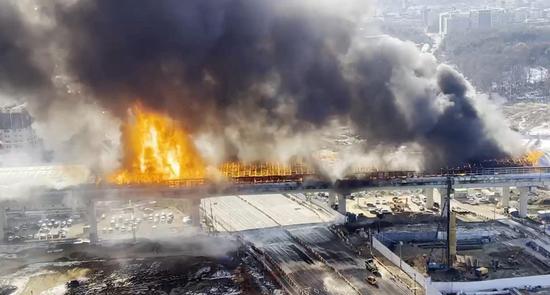
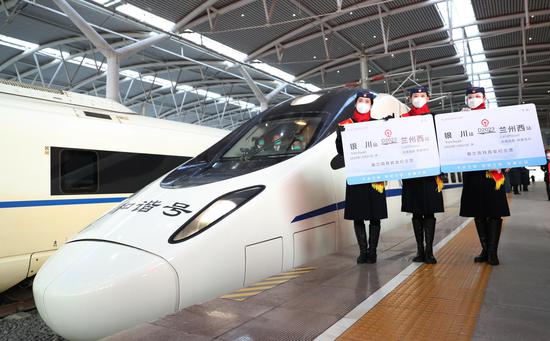

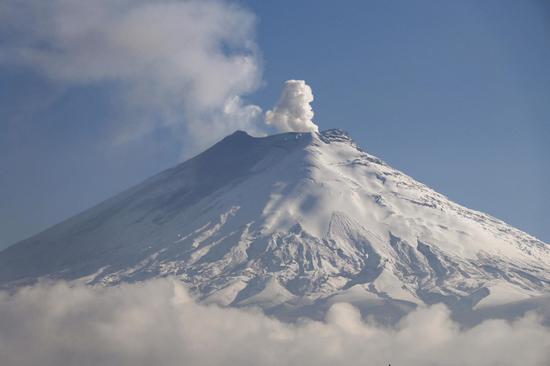


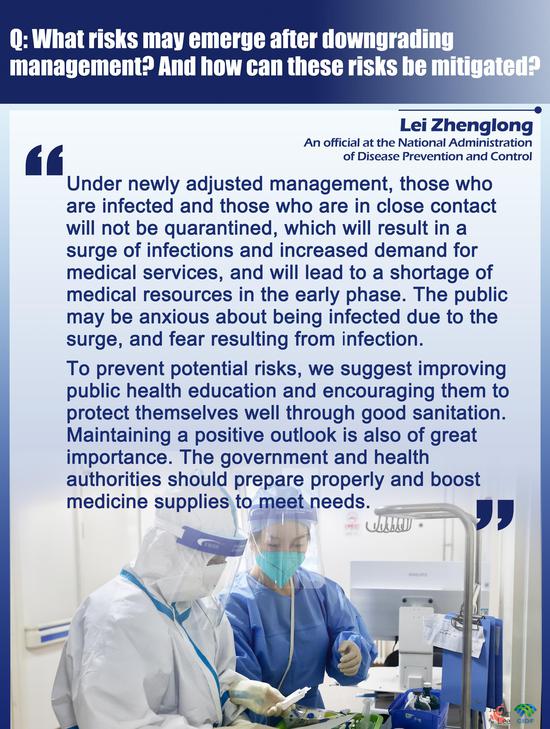
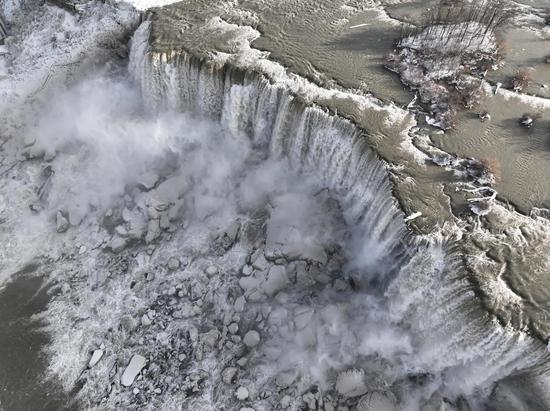
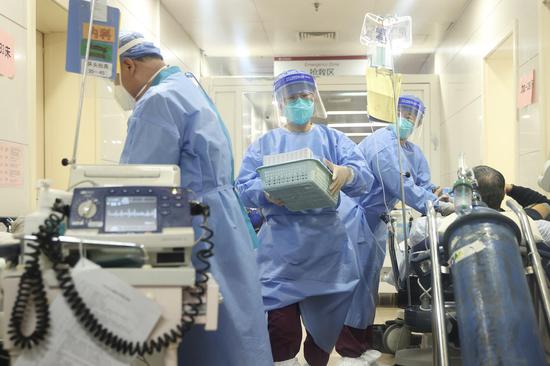






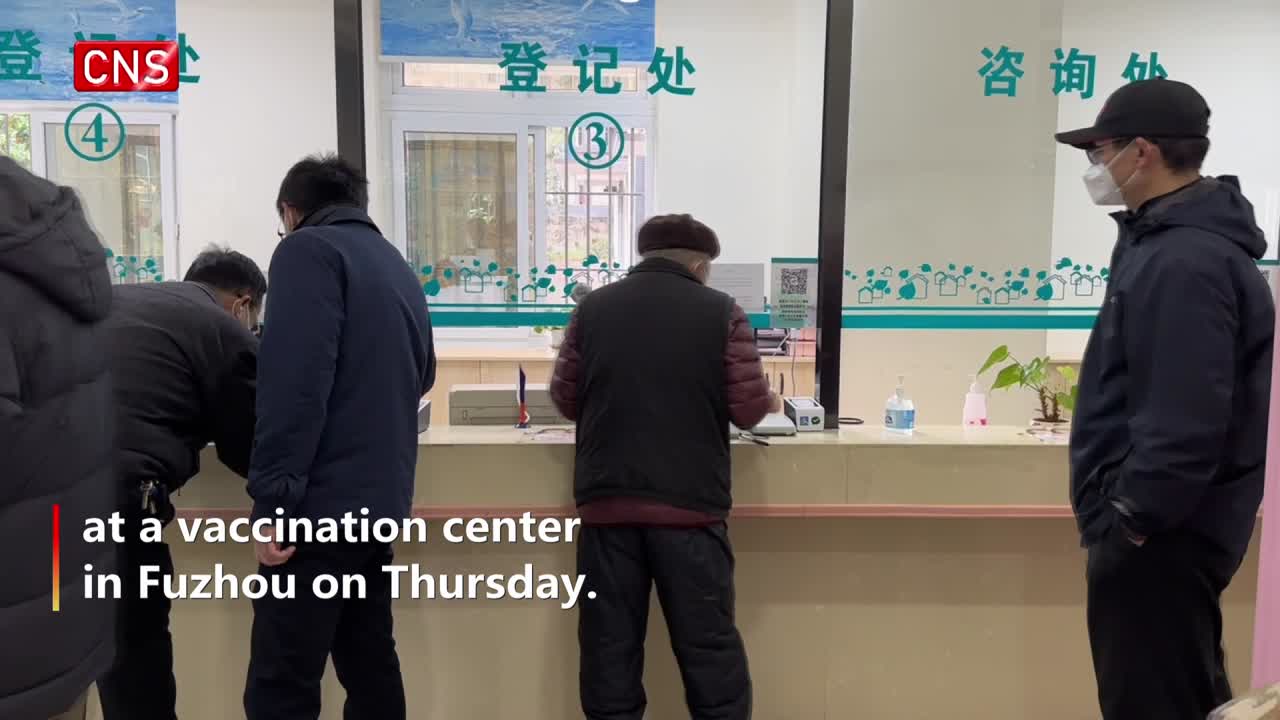

 京公网安备 11010202009201号
京公网安备 11010202009201号